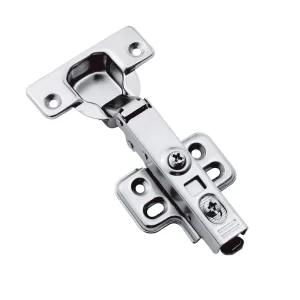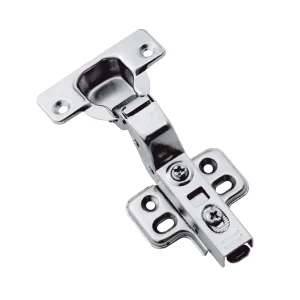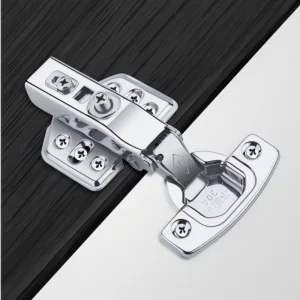When it comes to hinges, many people mistakenly believe that door hinges and cabinet hinges are interchangeable. However, there are significant differences between these two types of hardware in terms of design, function, and application.
As a professional hinge manufacturer, Mingrun is familiar with all types of hinges. Next, I will introduce you to the difference between door hinges and cabinet hinges.
Structural Differences
Door Hinges
Simpler Design: Traditional door hinges (often called butt hinges) consist of two metal plates connected by a central pin, forming a U- or T-shape. They are designed for basic rotational movement and heavy-duty support.
Durability Focus: Made from robust materials like stainless steel or brass, door hinges prioritize weight-bearing capacity. Heavy-duty variants, such as those for security doors, often use reinforced designs to handle frequent use.
Visibility: While exposed hinges are common, concealed hinges (e.g., hidden pivot hinges) are increasingly popular for interior doors to enhance aesthetics.
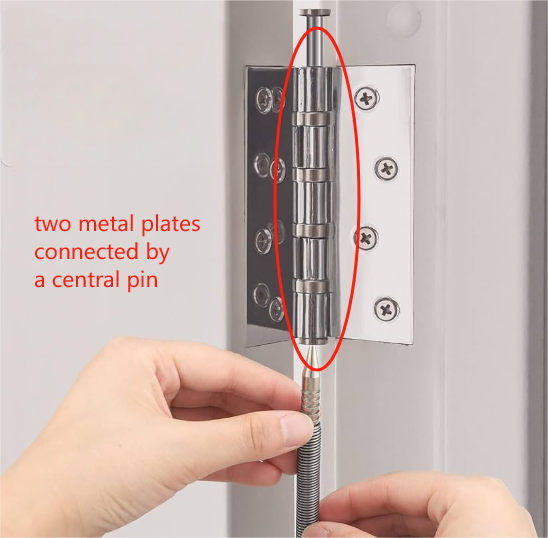
Cabinet Hinges
Complex Mechanisms: Cabinet hinges often incorporate springs, dampers, or hydraulic systems to enable smooth motion and additional features like soft closing or noise reduction.
Adjustability: Many cabinet hinges allow 3D adjustments (height, depth, and lateral alignment) to ensure precise door alignment. Types include full-overlay, half-overlay, and inset hinges, which determine how the door sits relative to the cabinet frame.
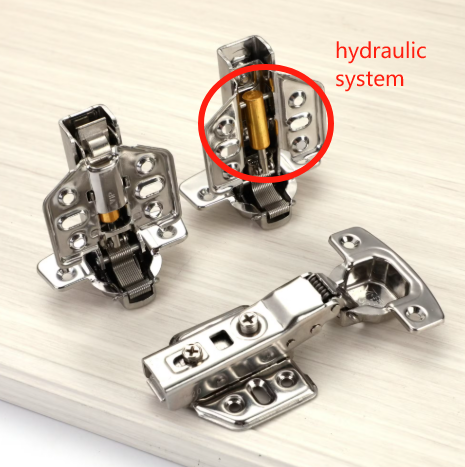
Specialized Variants:
- soft-close hinges (to prevent slamming)
- quick-release hinges (for easy maintenance)
- angle-adjustable hinges (for non-standard installations)
Functional Contrasts
Door Hinges
- Primary Role: Stability and durability. They ensure doors remain securely attached and functional over years of use.
- Limited Motion: Typically restricted to 90°–180° rotation, with no lateral movement.
Cabinet Hinges
- Enhanced User Experience: Features like damping reduce wear and tear on cabinets and minimize noise. Self-closing hinges ensure doors shut gently without manual effort.
- Flexibility: Some hinges support non-traditional angles (e.g., 45° or 175°) for corner cabinets or foldable doors.


Application Scenarios
Door Hinges
- Exterior Doors: Heavy-duty hinges for security or entry doors.
- Interior Doors: Concealed hinges for a sleek look.
Cabinet Hinges
- Kitchen Cabinets: Soft-close or damping hinges to handle frequent use.
- Wardrobes/Storage Units: Full-overlay hinges for seamless design, or half-overlay for shared side panels.
- Custom Furniture: Adjustable hinges for irregular layouts or heavy doors.
Selection Guidelines
Door Hinges
- Material Matters: Stainless steel or brass for corrosion resistance and strength
- Load Capacity: Match hinge size and thickness to the door’s weight.

Cabinet Hinges
- Functionality First: Prioritize soft closing mechanisms in areas where children will frequently touch them.
- Compatibility: Ensure hinge type (full/half/inset) aligns with cabinet design.
- Brand Reliability: Opt for trusted brands for longevity.
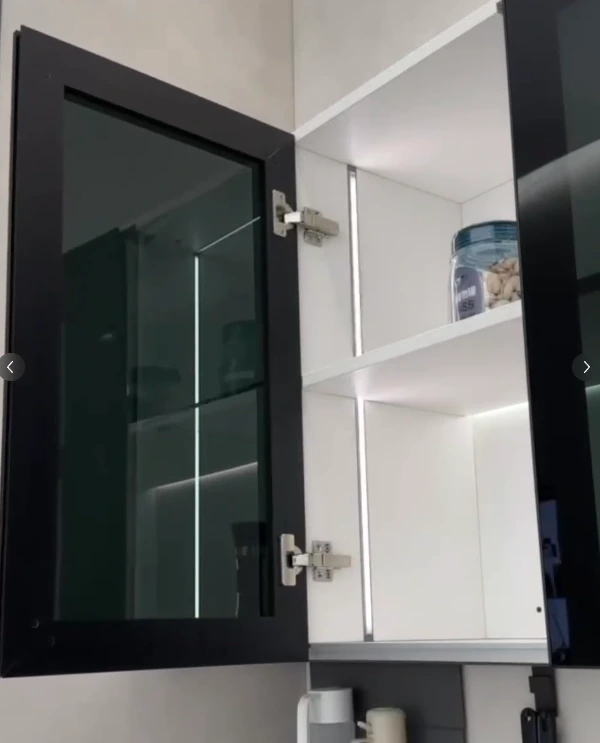
Key Takeaways
- Door hinges excel in durability and simplicity, ideal for heavy doors requiring long-term stability.
- Cabinet hinges prioritize versatility and user comfort, with advanced features tailored to modern cabinetry needs.
By understanding these differences, you can enhance both the functionality and aesthetics of your doors and cabinets, ensuring they stand the test of time.
About Us
Mingrun was founded in 2000 and is a leading furniture hinge manufacturer in the world, focusing on providing high-quality wholesale soft closing hinges for cabinets to customers around the world. Our professional team serves more than 50 countries and regions and has provided silent and durable hinge solutions to more than 1 million users. We are committed to reshaping the furniture hardware experience, making the silent opening and closing of each hinge an elegant starting point for smart homes.


